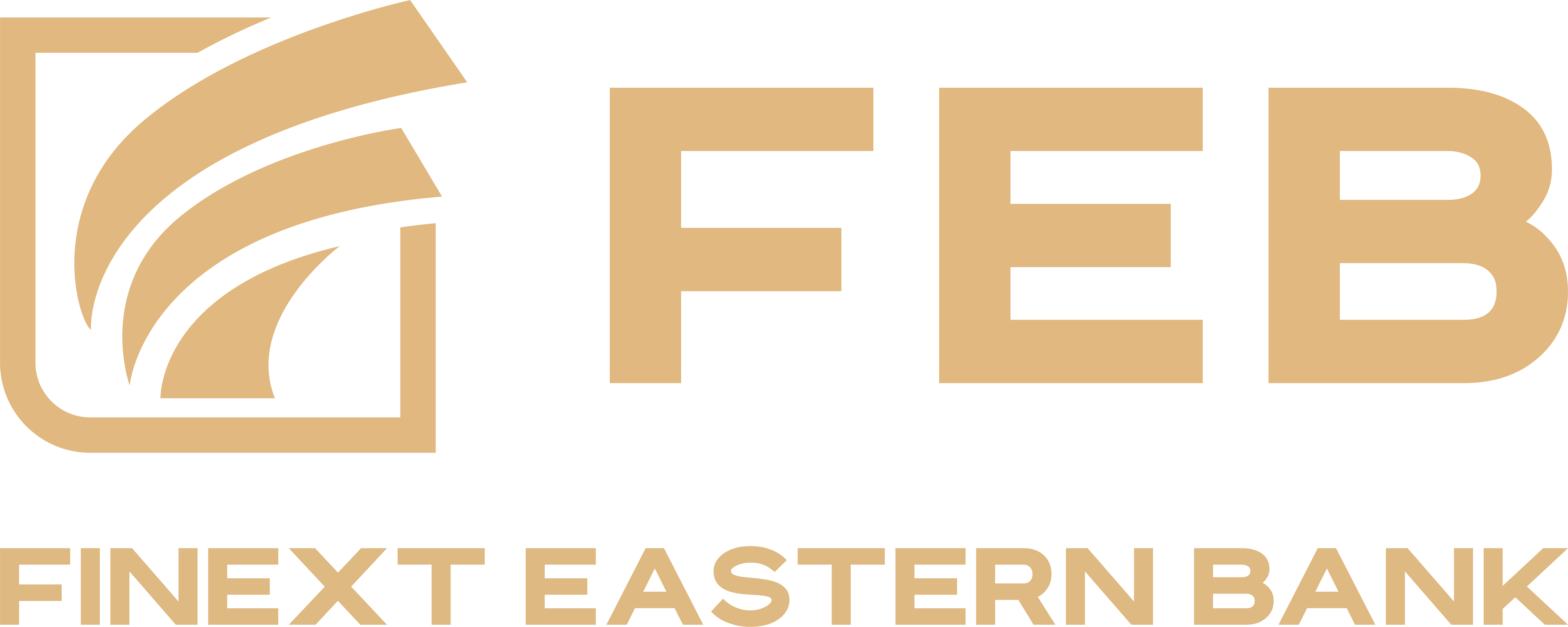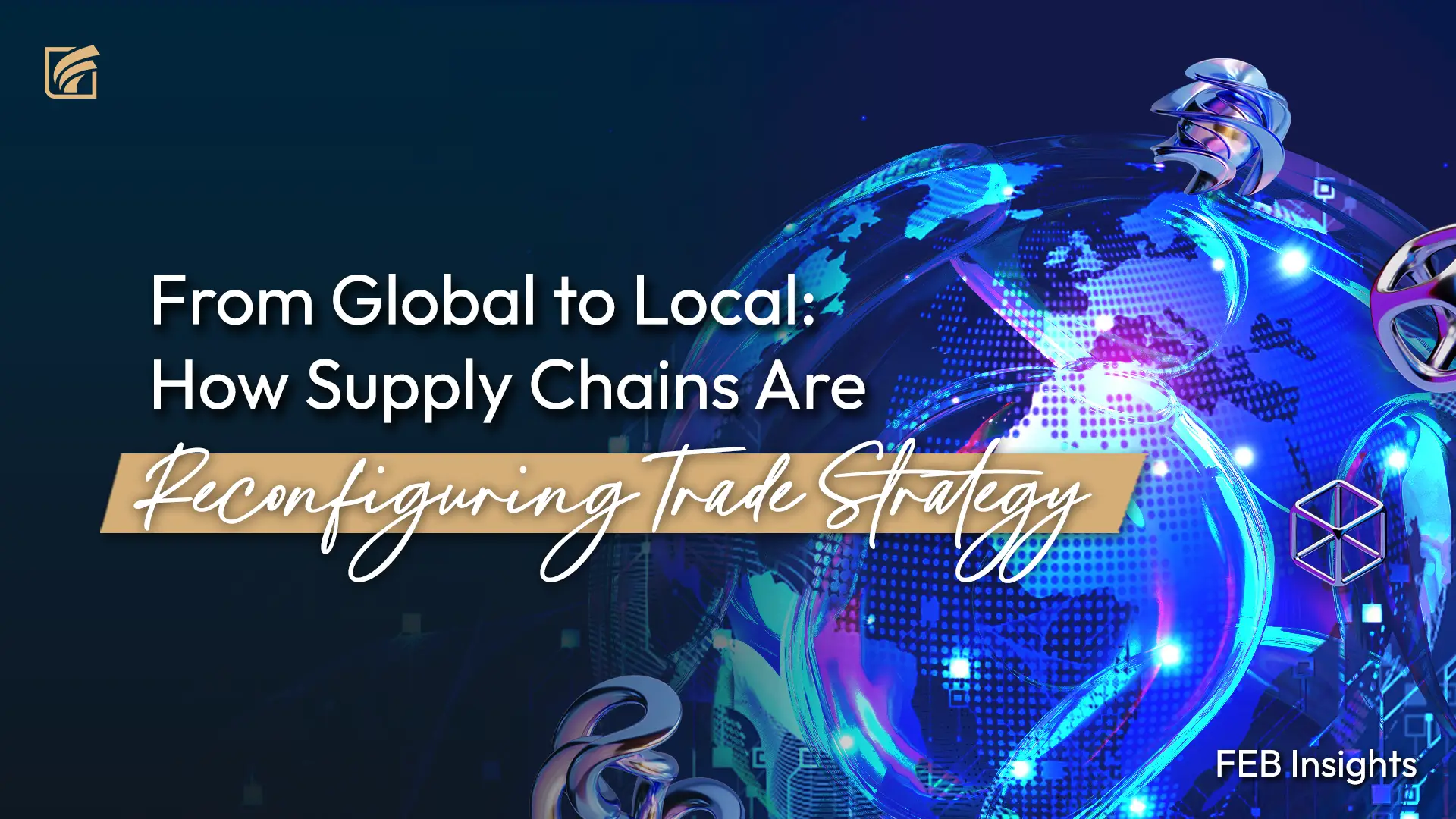A New Era of Trade Complexity
As the second quarter of 2025 unfolds, trade strategy is back on the executive agenda—not as a reaction to short-term tariffs, but as a deeper structural reassessment. From Washington to Brussels and Delhi, governments are reasserting economic sovereignty, tightening trade rules, and prioritizing domestic resilience. For business leaders, the message is clear: the era of seamless global integration is giving way to a more regional, more complex operating environment.
This isn’t simply a response to recent political shifts or a single administration’s agenda. It’s the result of a decade’s worth of cumulative disruptions—supply chain bottlenecks, pandemic-era delays, energy price volatility, and rising cyber risks. The IMF, in its April 2025 World Economic Outlook, flagged prolonged trade tensions and geopolitical uncertainty as significant headwinds to global growth.
The bottom line? Companies are no longer assuming stability—they’re planning for disruption.
Signals from Q2: Recalibration in Motion
One of the most telling indicators came in March with the reintroduction of reciprocal tariffs by the U.S., targeting major trade partners with a projected impact exceeding $600 billion. This move sent a clear message: trade policy is now a lever of domestic strategy, not just international diplomacy.
In parallel, the EU is progressing new rules on origin tracing and carbon border adjustments, adding layers of compliance to cross-border operations. Across Asia, countries such as India, Indonesia, and Vietnam are reinforcing domestic industrial policy with stronger local production incentives—prompting multinationals to re-evaluate sourcing decisions to stay aligned with regional momentum.
Sector-specific impacts are already visible. In April, consumer goods majors including PepsiCo flagged rising supply chain costs in response to the tariff environment, while pharmaceutical and aerospace manufacturers began shifting production footprints to mitigate exposure.
Freight patterns, too, are in flux. Attacks in the Red Sea, weather-linked delays, and Panama Canal congestion have led shipping giants to reroute vessels, adding weeks to delivery timelines and millions in additional costs. Logistics, once a back-office function, is now central to C-suite strategy.
Supply Chains Are Splitting, Not Shrinking
What’s emerging isn’t a retreat from global trade—it’s a rebalancing. Companies aren’t abandoning international markets; they’re building resilience through diversification. That often means developing multiple supply tracks—regional, nearshore, and local—rather than relying on a single global model.
This shift has led to the emergence of “supply chain portfolios”—diverse configurations of suppliers, regions, and logistics paths. Rather than optimizing for lowest cost alone, companies are designing for optionality and responsiveness. The key performance indicator is evolving from unit cost to recovery speed in the face of disruption.
Take the tech sector: chipmakers are investing heavily in new fabs across the U.S., Japan, and Germany. Consumer brands are expanding footprints in Africa and Southeast Asia to hedge against volatility in China. Fintechs and digital commerce platforms are layering in localized payment, tax, and identity stacks to stay compliant and responsive across jurisdictions.
Financial Strategy Is Being Rewritten
The ripple effects extend into financial strategy. Treasury teams are reassessing FX exposures and evaluating new hedging requirements. Procurement leaders are seeking contractual flexibility to support rerouting or substitution when needed. Meanwhile, credit and investment frameworks are being updated with revised country risk profiles.
A new question is emerging at the leadership level: What does operational agility cost—and what is it worth?
Companies that invested early in modular infrastructure and multi-sourcing strategies during the 2022–2024 period are already ahead.Those clinging to centralized logistics and legacy vendor relationships are now under pressure.
What This Means for Leadership
The takeaway isn’t panic. It’s preparation.
Leading companies aren’t treating trade realignment as a one-off adjustment. Instead, they are embedding adaptability into their core operating models—anticipating that regulatory divergence, geopolitical shifts, and economic volatility will continue to evolve in parallel. That means:
Designing for regional autonomy—not just regional expansion
Embedding real-time visibility into supply and demand flows
Aligning financial planning with geopolitical risk, not just growth projections
Shifting procurement metrics from efficiency to resilience
Rethinking “Global”
Global trade isn’t going away—but the definition of what’s “global” is changing. It now means managing multiple configurations, compliance regimes, and cost structures across geographies.
Success in 2025 belongs to companies that don’t just absorb disruption but design around it. The most resilient firms may not be the most globally connected—they’ll be the most operationally agile.
Disclaimer
This article is intended for general informational purposes only and does not constitute legal, financial, or investment advice.






